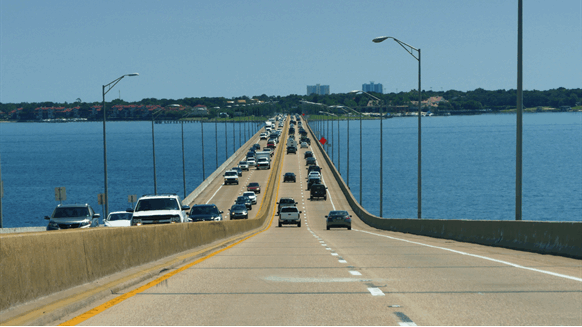
Memorial Day is a federal holiday that honors members of the U.S. military who died while serving their country. Falling on the last Monday of May, the holiday has also taken on a less somber overtone: it marks part of what has traditionally been viewed as the unofficial start of summer and the vacationing – and fuel consumption – that go with it.
To be sure, bucking convention appears to have been a hallmark of 2020 on a number of fronts – perhaps most dramatically in the oil market. Market-watchers interviewed by Rigzone are paying attention to how traditionally this year’s summer driving season is starting up. Read on for their perspectives on this topic and others in our preview of what to watch in the oil market this week.
Barani Krishnan, Senior Commodities Analyst at Investing.com: The next stress test for $30 West Texas Intermediate (WTI) will come from this Memorial Day Weekend. It will show how well the nascent recovery in gasoline demand is doing. It will also be a referendum on the reopen of America.
Tom Seng, Assistant Professor of Energy Business at University of Tulsa’s Collins College of Business: The market will be keenly focused on driving miles for this Memorial Day Weekend. However, no one expects this to be a “normal” start to summer for gasoline consumption.
With prices seemingly steady at over the $30 mark, will any of the oil sitting offshore in tankers come to market?
How will the U.S. react to the Iranian tankers loaded with petroleum products that are headed to Venezuela?
Some small, independent producers are drilling vertical wells again. These lower-cost wells can be profitable at current price levels. Will this be the “new” play for the next several months?
Tom Curran, Senior Energy Services and Equipment Analyst in Equity Research, B. Riley FBR, Inc.: We’ll be seeing more evidence of a potentially enduring change engendered by COVID-19 risks. That is a mobility mix shift towards private vehicles – with their controlled interior spaces – at the expense of mass transit, ride-hailing and taxi service services for general commuting; and of airlines for leisure travel.
Last week Bloomberg reported that, for three of China’s five most populous cities, morning traffic has surpassed 2019 averages while subway usage remains severely depressed. According to its research subsidiary, BloombergNEF (BNEF), volume on the metro systems of Beijing, Shanghai and Guangzhou is down 53 percent, 29 percent an 39 percent, respectively, from pre-COVID outbreak levels. BNEF has identified signs of similar changes in Berlin, Madrid and Ottawa.
Here in the U.S., as Memorial Day Weekend kicks off the country’s first post-COVID summer, most Americans are opting for holiday destinations they can drive to. According to a survey by Skift, 66 percent of Americans plan to travel by car for their first post-lockdown vacation. If datapoints such as these should coalesce into a trend, the resultant mobility mix would be a net positive for gasoline demand and could persist until at least an affordable vaccine starts to become available at scale.
To contact the author, email mveazey@rigzone.com.




No comments:
Post a Comment